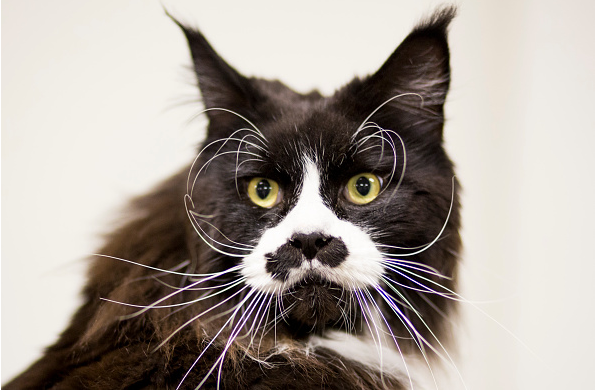By Angel Soleil, | September 24, 2016

A new study has revealed that cats have been domesticated from as far back as the Mesolithic era.
The world's first large-scale study on ancient feline DNA has revealed that cats traveled across the world just to be with humans.
A team of researchers, led by evolutionary geneticist' Eva-Maria Geigl, analyzed the mitochondrial DNA remains (which is inherited from the maternal line only) of 209 cats gathered from 30 archeological sites in the Middle East, Europe and Africa. She and her team sought to understand how domestic cats spread around the world.
Like Us on Facebook
Previous studies suggest that the affiliation between cats and humans can be traced as far as the dawn of agriculture. Drawing from this information, Geigl and her team gathered samples from the Mesolithic period - the period prior to the advent of agriculture which began around 15,000 BC - up to the 18th century.
Geigl's team have found that the population of cats has grown in two waves. The first surge of cats occurred when agriculture became important to human beings. The authors suggest that the growing stockpiles associated with crop cultivation drew in a lot of rodents, which in turn attracted wild cats. Humans might have decided to start taming those cats when they saw the benefit of them around.
The second surge of cats appeared when humans began exploring the sea. Geigl and her team discovered a cat at a Viking burial site which carried the same mitochondrial lineage common in Egyptian cat mummies. They believe that the cats were bred to keep rodents away from the food sources kept in the boat during sea exploration.
-
Use of Coronavirus Pandemic Drones Raises Privacy Concerns: Drones Spread Fear, Local Officials Say

-
Coronavirus Hampers The Delivery Of Lockheed Martin F-35 Stealth Fighters For 2020

-
Instagram Speeds Up Plans to Add Account Memorialization Feature Due to COVID-19 Deaths

-
NASA: Perseverance Plans to Bring 'Mars Rock' to Earth in 2031

-
600 Dead And 3,000 In The Hospital as Iranians Believed Drinking High-Concentrations of Alcohol Can Cure The Coronavirus

-
600 Dead And 3,000 In The Hospital as Iranians Believed Drinking High-Concentrations of Alcohol Can Cure The Coronavirus

-
COVID-19: Doctors, Nurses Use Virtual Reality to Learn New Skills in Treating Coronavirus Patients







